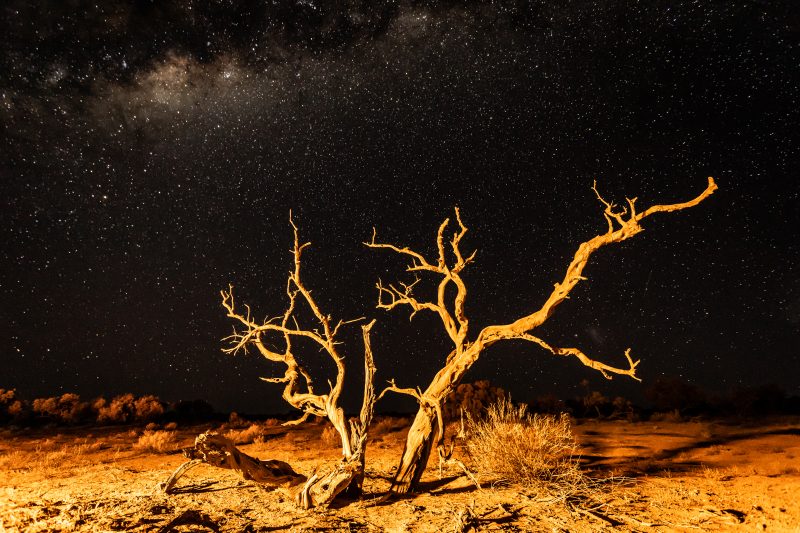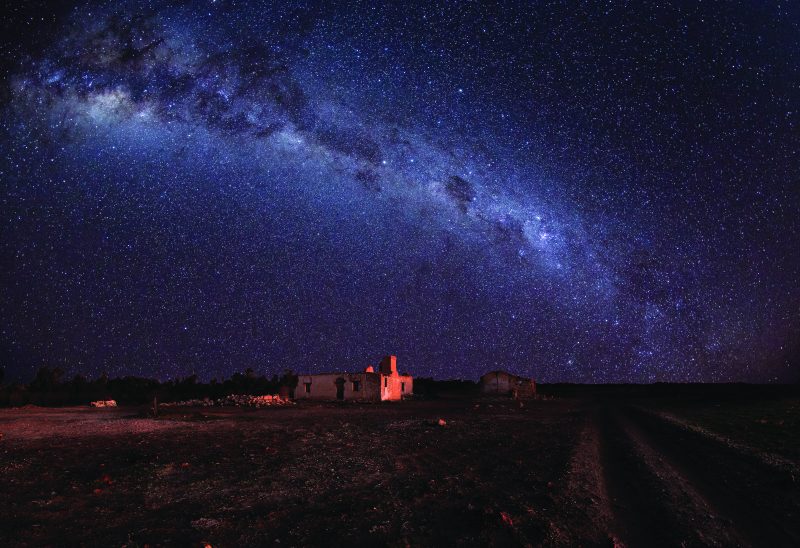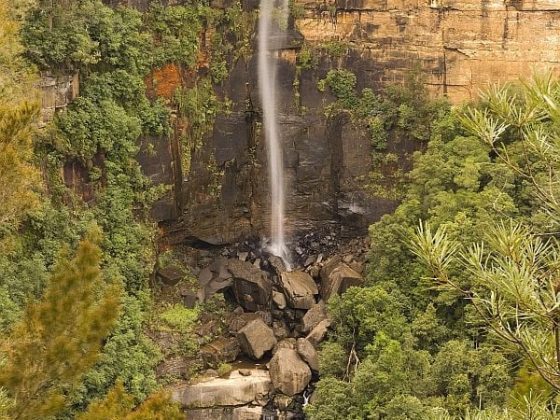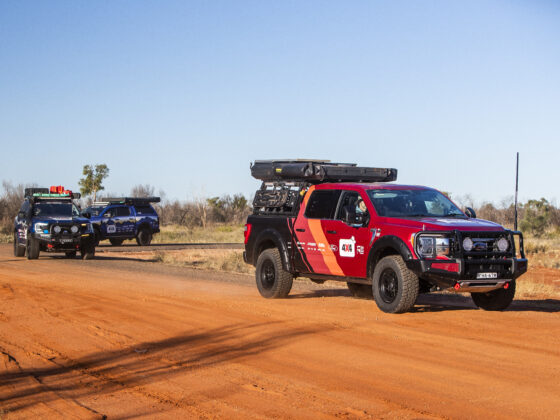With tourism in Central Australia continuing to struggle, a new trend is gaining momentum among remote stations and it might just be the spark they need.
Tourism operators across the Northern Territory are staring down another slow season. Despite full highways during the school holidays and decent national visitation numbers, the reality on the ground for regional businesses tells a different story.
For many outback stations, particularly those offering campgrounds, roadhouses and self-contained stays, this is the sixth straight year of reduced traffic. While hotels and short-stay accommodation options in urban areas are seeing strong bookings, the post covid boom of every man and his dog heading to the centre has slowed, and the smaller, family-run tourism outfits are feeling it.

Stations Rethinking Their Offerings
Across the NT, cattle stations have long offered more than just livestock. Many double as outback stops, with bush camping, fuel, basic supplies, and in some cases, fully-fledged tourist experiences. But with unpredictable weather, fluctuating cattle prices, and a shift in traveller preferences, many are now reassessing how they operate.
In 2025, several stations that typically rely on the Easter-to-spring tourist season found themselves cut off early on due to unseasonal rains. Road closures throughout Central Australia and the Barkly region left some properties inaccessible for weeks, and in the outback, a few lost weeks can make or break the season.
What’s Above, Not Just What’s Around
With access unpredictable and traditional visitation patterns shifting, some operators are pivoting toward an unexpected but fitting niche, dark-sky tourism.
This growing trend focuses on destinations that offer clear, uninterrupted views of the night sky, far removed from light pollution. For outback stations with vast open skies and minimal infrastructure, it’s a natural fit. And for travellers who already value remote bush camps and star-lit nights, it’s an experience that comes built-in with their existing itinerary.
The NT’s big skies are a major drawcard. While travellers might once have pulled in for a hot meal and a campsite, they’re now being invited to stay and experience the night sky in a way that’s impossible for most Aussie’s, with the Milky Way stretching horizon to horizon, and the stillness of the bush all around.

An Opportunity for Travellers and Tour Operators Alike
For 4X4ers, this is more than just another gimmick. Dark-sky zones are already shaping up as the next bucket list travel category, and the NT has all the right ingredients, low humidity, minimal infrastructure, and a landscape that’s made for off-grid exploration.
Stations are beginning to adapt, creating designated dark-sky viewing areas and planning events around meteor showers, eclipses, and stargazing opportunities. The 2028 total solar eclipse is already on the radar, and expected to bring thousands of visitors from around the world.
For those of us already packing a swag, star tracker or camera and tripod, it’s a chance to experience the outback in a new way and to support the remote properties that keep Australia’s overland routes alive.
What It Means for the 4X4 Crowd
While dark-sky tourism might sound like something for camera buffs or telescope owners, it’s actually perfectly suited to the kind of travel we already do. These stations are the fuel stops, campsite options and safety nets that make long-haul, off-grid touring possible. Without them, routes get harder, distances get longer, and the red centre loses some of its identity.
By choosing to stay, camp, or even just fuel up at these spots, especially ones investing in experiences like dark-sky tourism, 4X4ers help keep the outback open for business.
If your next trip takes you through the NT, consider making time for the stars. You’ll get a quieter camp, a night sky you’ll never forget, and you’ll be helping remote tourism operators keep their gates open.













